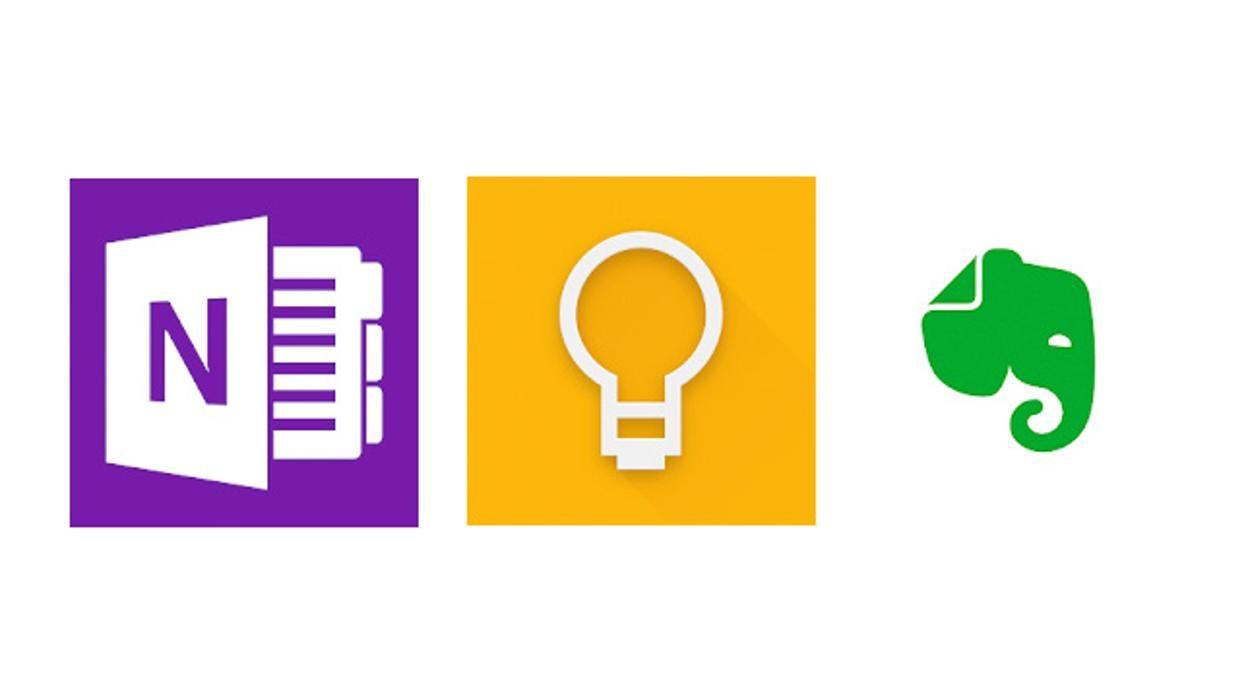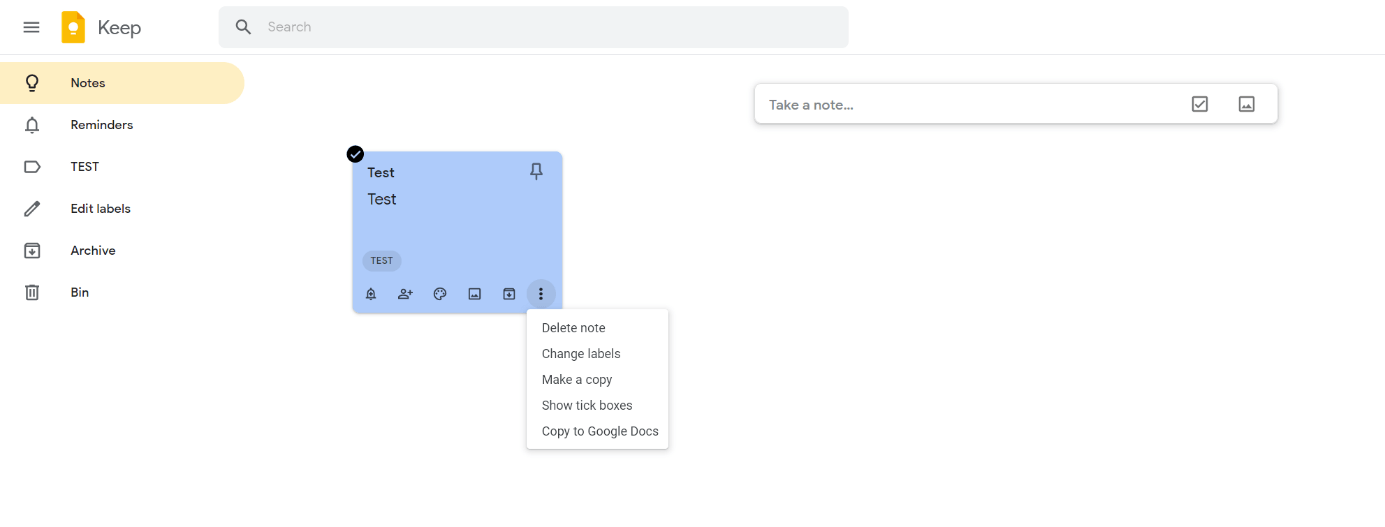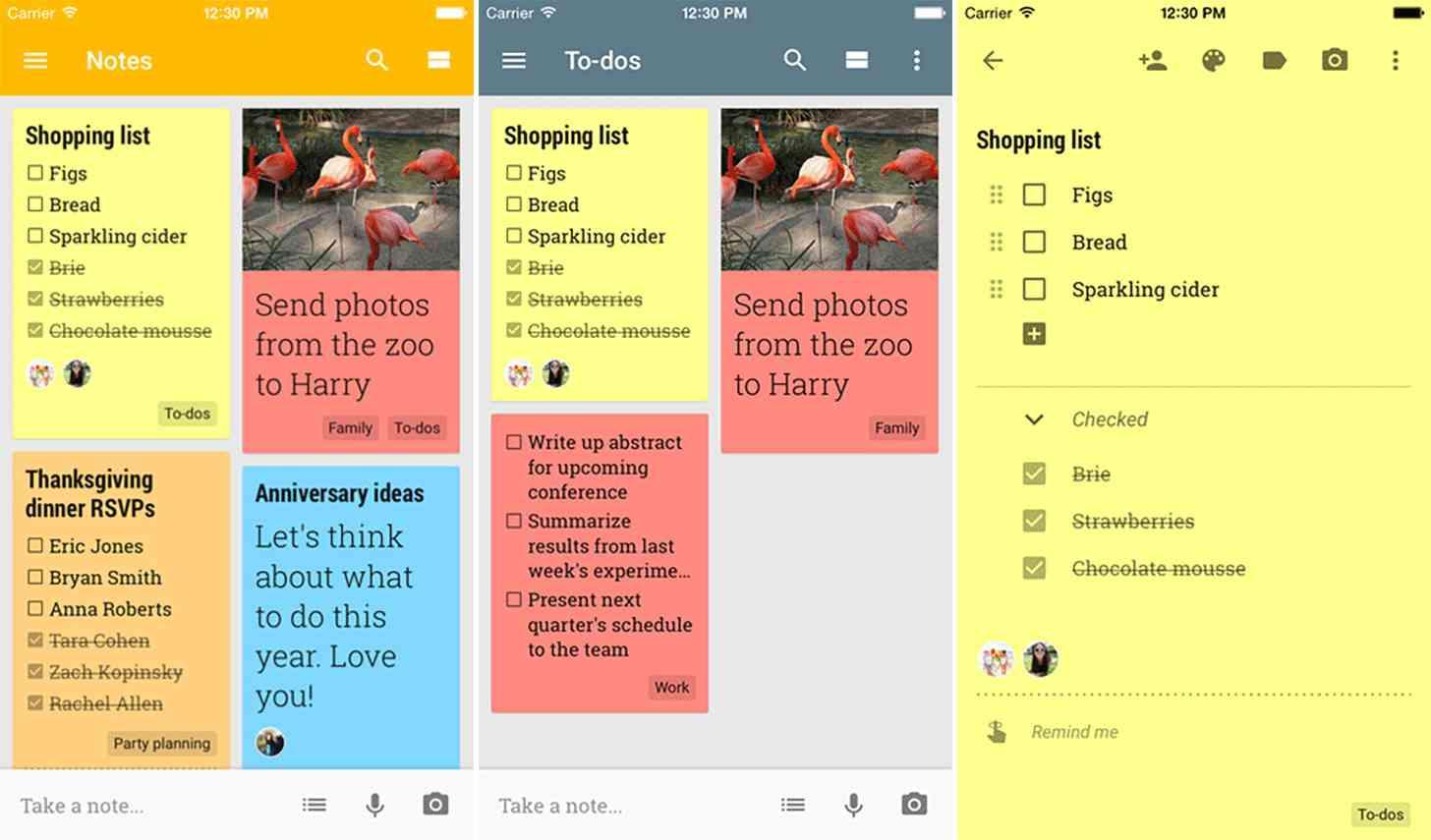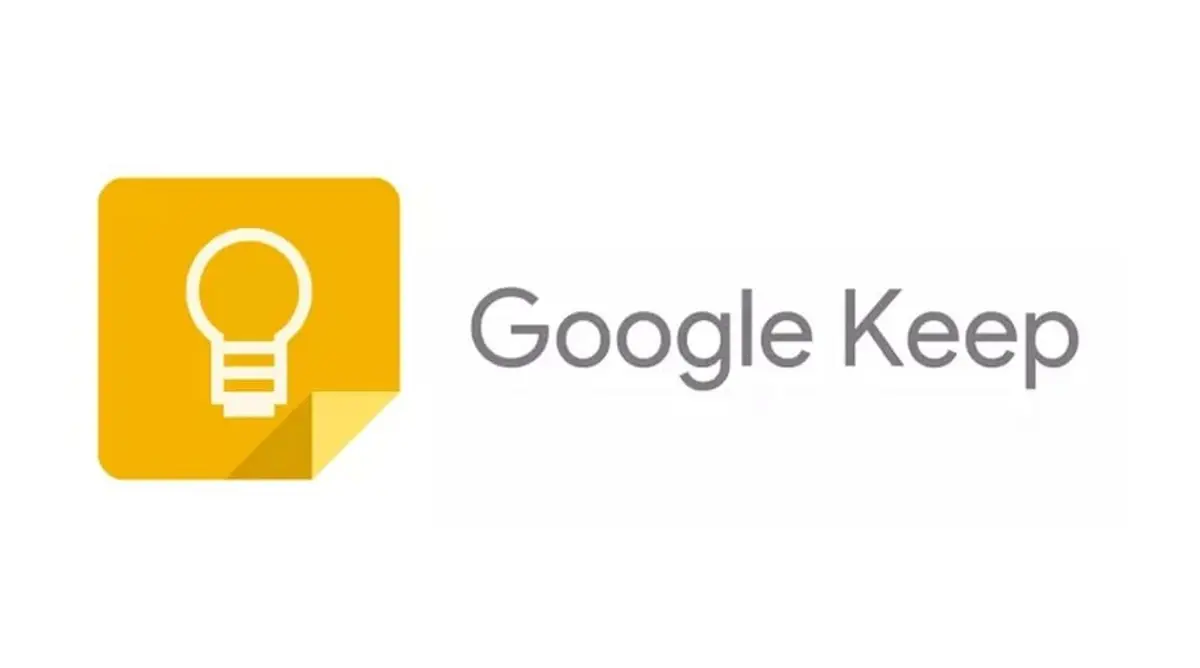- There is no native synchronization between Keep and OneNote, but there are effective indirect methods (Docs + Web Clipper and emailing to OneNote).
- Keep shines in speed and reminders, while OneNote wins in visual organization, labels, Ink and Web Clipper.
- OneNote syncs with OneDrive/SharePoint and lets you share pages or notebooks, as well as view Sticky Notes across all your devices.
- ClickUp is an alternative to combining notes, collaboration, and tasks with Docs, Notepad, and ClickUp AI.

If you use Google Keep for capturing quick ideas and OneNote for organizing more serious projects, it's only natural that you want both to speak the same language. The reality is that direct synchronization between Google Keep and Microsoft OneNote doesn't exist natively, so you have to rely on each app's features and some shortcuts to ensure your notes travel seamlessly between platforms.
In this guide you will find a clear explanation of what each application offers, its pros and cons, how to share and sync OneNote with OneDrive/SharePoint, how to view your Sticky Notes across all your devices, and several realistic ways to move content from Keep to OneNote. Plus, we include real user reviews, an honest comparison, and a powerful way to combine notes and tasks in one place.
What you should know before trying to sync Google Keep and OneNote
There is no official two-way sync between Google Keep and OneNote. Google Keep is a lightweight app focused on quick notes, lists, and reminders; OneNote is a highly visual and powerful digital notebook that lives within the Microsoft ecosystem. Each syncs perfectly with its cloud (Google and Microsoft, respectively), but they don't sync with each other by default.
The winning strategy is to combine functions: export or copy from Keep and capture or organize in OneNote. You have several ways: copy notes from Keep to Google Docs and use OneNote Web Clipper; send notes by email and take advantage of the Email to OneNote feature; or bring supporting content to shared drives and, from there, integrate it into your notebook.
A note on sources: Some of the content that ranks comes from official Microsoft support (very reliable), comparative blog articles, and forums like Reddit, which often display privacy notices before viewing the content. This gives you a clue: there's room for a practical, well-structured guide focused precisely on "synchronizing" or, better said, "interconnecting" both worlds.
Google Keep: What it's like, what it excels at, and why it's so popular
Google Keep comes included with any Google account and works in the cloud, with access from Android, iOS (iOS 12 or higher) and web. Its philosophy is immediacy: open, write down, and get on with your life; plus, it keeps content synchronized across devices.
Types of notes supported: Plain text for writing; lists with checkboxes; drawings for doodling or sketching ideas (you can use grid, dotted, lined, or solid backgrounds, and even draw over images); and image notes where you add a title and description to “archive” the visual.
Built-in smart reminders: You can set reminders by location (for example, having your shopping list displayed when you arrive at the supermarket) or by date and time, with the option to repeat them; the limitation is that Keep only allows one reminder per note.
Sharing and collaborating is easy with Keep: You can invite others to your notes to view and edit in real time—ideal for family lists or quick brainstorming sessions with your team—with the added benefit of seamlessly separating personal and work notes.
Hassle-free organization: labels, colors, and pinning important notes to the top; Keep also lets you search by keyword, label, color, or image, and recover deleted or archived notes if the trash hasn't been emptied yet.
Price and storage: Keep doesn't have its own Premium plan; it's free and uses your Google account storage. If you store a lot of information, you might want to expand your storage space or move long notes to Google Docs.
OneNote: A powerful, highly visual digital notebook packed with tricks
- Microsoft OneNote works like a scrapbook or creative notebook where you can write, draw, annotate with a pencil, insert audio, images, or video, and structure it into color-coded sections and pages. It's especially convenient on the desktop app or on tablets with a stylus, although it's also available on mobile and the web.
- Organization and labels: It includes predefined tags like “Important” or “To Do,” allows you to create custom tags, and lets you navigate through notebooks, sections, and pages with great clarity; its “pages” approach is similar to a personal journal or wiki.
- Real-time collaboration: Sharing notebooks with colleagues or family is easy and allows for co-editing. Plus, OneNote is cloud-based and supports offline mode, syncing changes when you're back online.
- OneNote Ink and OCR: Handwritten notes shine with a stylus on devices Windows, and optical character recognition converts handwritten text into searchable text; it can also be used to highlight text or images with a pen.
- Web Clipper and integrations: The web clipper saves screenshots, images, and snippets to your notebook without dragging page noise; and, as part of the Microsoft ecosystem, it integrates with Outlook (extracting snapshots). emails), Excel (embed sheets), as well as services like Email to OneNote, Feedly and IFTTT to expand automations.
- Pricing model: OneNote is free, but some advanced features are enhanced with Microsoft 365; Business options include Business Basic (~$6/month per user), Business Standard (~$12,50/month), Business Premium (~$22/month), and Apps for Business (~$8,25/month), billed annually.

Quick comparison: Keep vs. OneNote for your everyday life
- Complexity and customization: Keep focuses on simplicity and a "Post-it" view; OneNote allows for rich formats and templates, with enormous customization possibilities. Choosing one or the other depends on your habits: Keep wins on simplicity, OneNote on advanced options.
- Take notes: Keep is fine for quick notes, but if you need extensive meeting notes, code, or complex diagrams, OneNote feels more comfortable and flexible, especially if you already work in the Microsoft suite.
- Reminders: Keep offers easy-to-set-up time- and location-based reminders; in OneNote, reminders can be leveraged with Outlook tasks, but the setup is less straightforward.
- Price: Keep is free without a specific premium plan; OneNote is also free, though its best integration often shines when you already have Microsoft 365 for the rest of your tools.
- User experiences: Some describe OneNote as “a digital sticky note board,” while others point out that Keep “is great” for shared lists on iOS/Android. There are also plenty of cases where Keep is used for reminders and short-term things, while OneNote is reserved for in-depth documentation, finances, projects, and extensive notes as a personal wiki.
- How to share and sync OneNote with OneDrive and SharePoint
OneNote for Windows uses OneDrive and SharePoint to automatically store and sync your notebooks in the cloud, accessible from anywhere. When you lose connection (for example, on a flight), you can force manual sync when the network is back online.
- Share a single page from OneNote (Windows 8/10/11 with gestures or commands equivalents): Go to the page and select it in the side panel; use the system's Share option, choose the destination (e.g., Mail), fill in the recipients and subject, and send.
- Share an entire notebook stored on OneDrive: Go to OneDrive, select the notebook folder (be careful not to accidentally share the entire "Documents"), click Share, choose Get link, and decide whether to give "view" or "view and edit" permission; copy the link and send it by email.
- Share an entire notebook on SharePoint: From the notebook list in OneNote, select the notebook, use Copy link to notebook, and paste the link into your email; whoever receives the link will need permissions on that SharePoint site.
- Automatic and manual synchronization: OneNote syncs continuously; to do this manually, open any page in your notebook, go to Notebooks view, and choose Sync. Look for the icons: green arrows spinning (syncing), red circle with an X (error, tap for details), and yellow triangle with an exclamation point (offline, will resume when network is restored).
- Sync Settings: From Settings > Options, you can decide whether to sync automatically or not. If you opt for manual sync, remember to force it after any significant changes.
- Sections in incorrect location: If OneNote can't find a section file during sync, you'll see a "sections in the wrong location" indicator; you can drag that section to another notebook to preserve the information, or delete it if you no longer need it.

Sticky Notes: Your quick notes on all your devices
Sticky Notes sync with your Microsoft account and you can view them on Windows 10/11, iPhone, iPad and the web, as well as being able to integrate them with Outlook. On Windows, search for “Sticky Notes” from Start; on iPhone, open OneNote and tap “Sticky Notes”; on iPad, the Sticky Notes icon appears on the Home tab; on the web, go to onenote.com/stickynotes and sign in.
- To find a specific note: From the main page, tap Search, type a word or phrase, and filter by the “Sticky Notes” tab. Close the search with the X to return to the full list. If you plan to view them in Outlook, remember to add the account and choose the default save location.
- More useful content related to Sticky Notes and OneNote: Get started with Sticky Notes, create and share them, delete the ones you don't need, and check out the troubleshooting guide when something doesn't sync as it should.
Organize materials in Google: Shared Drives and Drive
While Keep and Drive are distinct tools, organizing files in shared Google Drive drives helps keep your notes in context and easily accessible. You can create folders within a shared drive and save documents, images, or presentations there that you can later reference in your notes.
- Create folders on a shared drive: In the left panel, enter the shared drive, tap New > Folder, enter the name, and confirm. Remember that for some actions, you need at least the Contributor role.
- Add files to the shared drive: Drag files from your computer or My Drive; or tap New and choose to create a Google Doc or upload a file. Uploaded items become team property and won't disappear if someone leaves the drive.
- Edit and access: Open files with a double-click to edit them. If you're not the owner but have editing permission and the administrator allows it, you can move them to the shared drive. Consider using Drive for Desktop if you need to access them from your PC.
Moving content from Keep to OneNote: Methods that work in practice
- Copy to Documents and Clip with OneNote Web Clipper: In Keep, use "Copy to Google Docs" on the notes you want to migrate; open that Doc in your browser and use OneNote Web Clipper to save it to your desired notebook and section, without the "noise" of the full page.
- Email to OneNote: Share the note from Keep via email to your own address and forward it to the “Email to OneNote” address associated with your account; OneNote will save it to your default notebook/section, where you can organize and enhance it.
- Screenshot + Ink: If your Keep note includes drawings or markup, a quick capture and sending it to OneNote lets you annotate over it with Ink and maintain visual context; it's simple, yet surprisingly effective for sketches or wireframes.
- Structure and labels at destination: Once in OneNote, label important items (e.g., “To Do” or “Important”) and place each page in the appropriate section. If you handle a lot of work, creating custom labels speeds up searching and review.
Cross-use and workflow tips
- Keep for the immediate, OneNote for the profound: Use Keep for numbers, errands, geolocated reminders, or shared daily lists; reserve OneNote for minutes, documentation, plans, finances, or long-term material, with richer, more structured pages.
- Reminders vs. Tasks: Keep wins in location- and time-based reminders; OneNote relies on Outlook for tasks, where you can even mark statuses or priorities and consult them from other apps in the ecosystem (Docs, Gmail, Calendar, Sheets, and Slides, depending on the workflow you're working with).
- Drawing and multimedia: Both allow you to add images and drawings, but OneNote feels more natural with a pen and tablet; its OCR makes it searchable, which makes a difference after a few months of accumulated notes.
- Integrations and automation: OneNote scores points with Email to OneNote, Feedly, or IFTTT; Keep is minimalist and relies on the Google ecosystem. If you work a lot on the web, OneNote Clipper saves you hours of digital web browsing.
Alternative that unifies notes and task management: ClickUp
If you need a place to take notes, collaborate in real time, and turn ideas into action without jumping between apps, ClickUp might be the perfect fit for you. Their Docs are streamlined, customizable, allow for embedded comments and links, and are task-related so nothing gets lost in limbo.
- ClickUp Notepad: Edit with rich text, add checklists, and turn a note into a task with a click. Having notes and projects under one roof reduces friction when you're on the go.
- ClickUp AI: It generates summaries of long threads, suggests action points, formats content and tables, and can even help you with drafting materials; 30-minute tasks become 30 seconds once you get the hang of it.
- Try it for free: You can start without a card and see if it fits you as an alternative to Keep/OneNote when you're looking to concentrate your notes, tasks, and team in a single flow.
Before closing, a key point is that there's no universal winner between Keep and OneNote; the key is to combine them wisely, leverage their strengths, and, when it's time to sync, use indirect routes like copying to Docs and clipping with OneNote, or emailing to your notebook. This way, you'll have a solid bridge between the two tools without overly complicated issues.
Passionate writer about the world of bytes and technology in general. I love sharing my knowledge through writing, and that's what I'll do on this blog, show you all the most interesting things about gadgets, software, hardware, tech trends, and more. My goal is to help you navigate the digital world in a simple and entertaining way.
